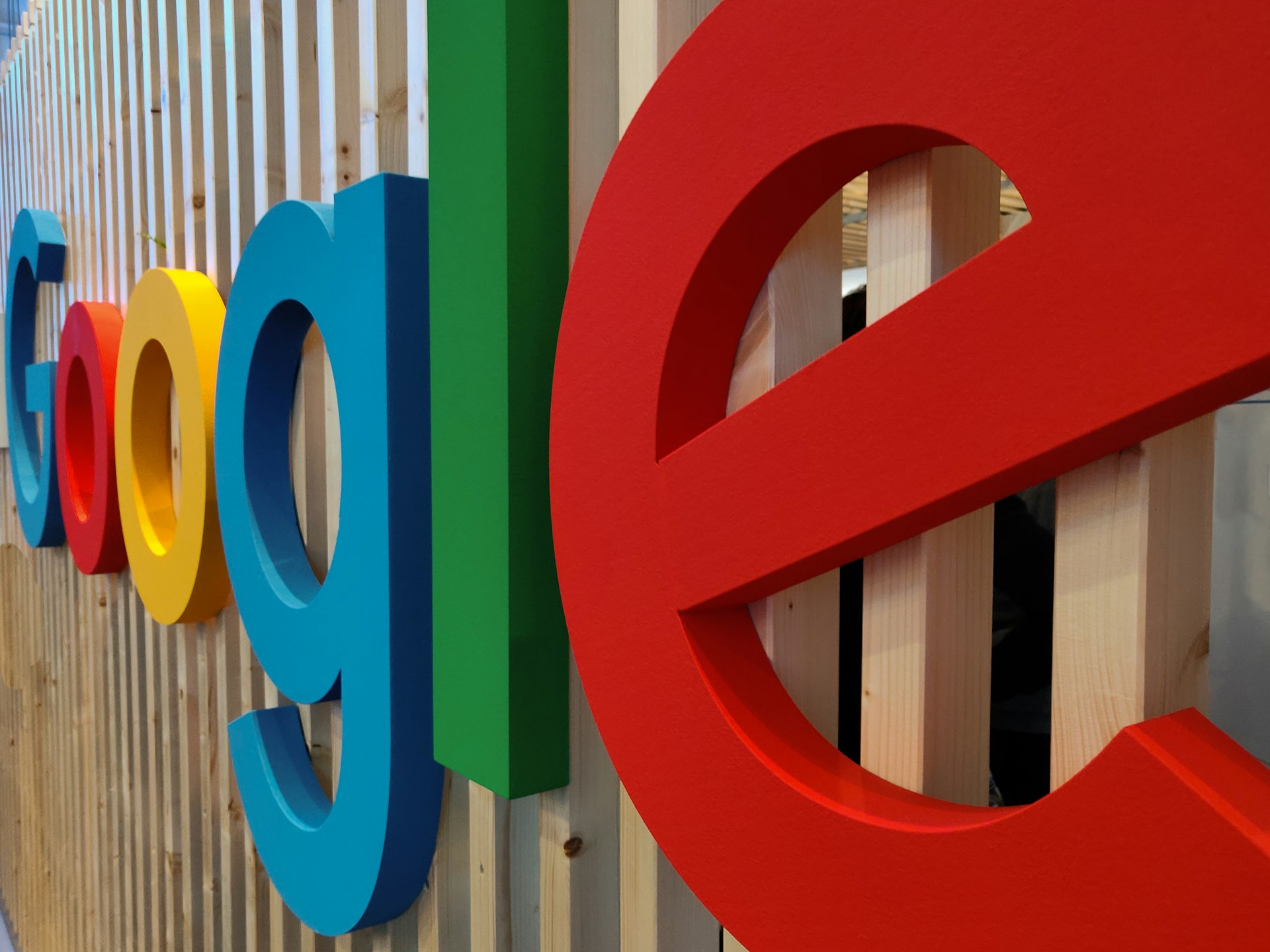The Future of Gamification in Education: How Game-Based Learning is Shaping Tomorrow’s Classrooms

Photo by Alejandro Hikari on Unsplash
Introduction: The Rise of Gamification in Education
Gamification-integrating game mechanics such as points, badges, leaderboards, and challenges into educational experiences-is revolutionizing the way we teach and learn. Once seen as a novelty, gamification is now a central strategy in both K-12 and higher education, as well as in corporate training. This shift is driven by the proven ability of game-based methods to enhance engagement, motivation, and knowledge retention among learners of all ages. As we look to the future, gamification in education is expected to continue its rapid evolution, driven by advances in artificial intelligence (AI), immersive technologies like virtual and augmented reality (VR/AR), and the widespread adoption of mobile devices. [1] [2]
Current Market Trends and Growth Projections
The global gamification in education market was valued at $1.55 billion in 2025 and is projected to reach $18.63 billion by 2033 , with an impressive compound annual growth rate (CAGR) of 36.4%. These figures reflect the increasing demand for engaging, interactive learning experiences that leverage digital technology. In 2024, the market was valued at $3.5 billion, and is expected to reach $14.3 billion by 2030. [4] Notably, 67% of students report that gamified learning is more engaging and effective than traditional methods, underscoring the growing impact of these tools on educational outcomes.
Emerging Technologies: AI, Personalization, and Immersive Learning
One of the most significant developments shaping the future of gamification is the integration of AI-driven personalized learning systems . AI platforms can analyze students’ strengths, weaknesses, and learning preferences, allowing for real-time adaptation of content and challenges to suit individual needs. This ensures that no student is left behind and that interventions can be precisely targeted. [3]
Immersive learning technologies -including VR and AR-are opening up new worlds of possibility. These tools enable students to experience historical events, conduct science experiments, or explore complex concepts in a hands-on, memorable way. As the cost of VR/AR hardware decreases and content libraries grow, more classrooms around the world are adopting these solutions to deliver rich, interactive experiences. [3]
To implement these technologies, educators may:
- Assess available hardware and software for compatibility with curriculum goals
- Leverage professional development resources to build VR/AR lesson plans
- Collaborate with IT departments to ensure network readiness and device management
- Pilot new tools with small student groups before scaling
For access to AI-powered learning tools, educators can search for platforms such as Microsoft’s Reading Coach or Squirrel AI, and review their official documentation for integration guidelines.
Mobile-First and Global Accessibility
The explosive growth of internet and smartphone usage worldwide has made gamified learning more accessible than ever. As of 2022, approximately 69% of the global population-around 4.9 billion people-actively use the internet, with numbers projected to rise annually. [5] This surge in connectivity enables students in diverse regions to participate in engaging, technology-enhanced education, regardless of their geographic location. Mobile-first design is critical for ensuring that gamified resources are usable anytime, anywhere, and on any device. [1]
Best Practices for Implementing Gamification
To maximize the benefits of gamified learning, educators should consider the following strategies:
- Balance Competition and Collaboration: While leaderboards and rewards can motivate, it’s crucial to avoid discouraging students who may not perform as well. Incorporate team-based challenges and collaborative quests to promote social learning and collective achievement. [1]
- Customize for Age and Context: Young learners often respond well to avatars, stories, and visual elements, while older students may prefer autonomy, complex quests, and narrative-driven challenges. Choose or design gamified elements that align with the developmental stage and subject matter.
- Align with Curriculum: Modern gamification platforms, such as Wayground, now offer features for seamless curriculum integration, enabling teachers to connect game mechanics with lesson objectives and standards. [1]
- Embrace Data and Analytics: Gamified platforms generate valuable learning data that can inform instruction and support targeted interventions. Regularly review analytics dashboards to identify trends in student engagement and mastery.
To get started, educators can:
- Identify gamification platforms with strong curriculum support and data analytics features
- Pilot gamified activities in select lessons, collecting feedback from students and parents
- Adjust gamification strategies based on observed engagement and learning outcomes
Real-World Examples and Case Studies
Several widely used platforms demonstrate the potential of gamification in diverse educational contexts:
- Kahoot! and Quizizz: These platforms allow teachers to create competitive quizzes and interactive games, fostering engagement through instant feedback and rewards. [1]
- Duolingo: Used for language learning, Duolingo incorporates streaks, XP points, and leaderboards to motivate daily practice and sustained progress. [1]
- ClassDojo: In K-12 settings, ClassDojo blends gamification with positive reinforcement, enabling teachers to award points for collaboration, effort, and behavior.
- Wayground: This emerging platform integrates directly with lesson planning and curriculum mapping, providing a seamless experience for educators transitioning to game-based learning. [1]
To access these platforms, educators can visit their official websites and review onboarding materials, or consult with district IT coordinators for integration support.
Challenges and Solutions in Gamified Education
Despite its promise, gamification faces potential hurdles:

Photo by Eugene Zhyvchik on Unsplash
- Equity and Access: Not all students have equal access to devices or reliable internet. Schools can bridge this gap by providing loaner equipment, offering offline-compatible activities, or partnering with local organizations to expand access.
- Overemphasis on Competition: While competition can motivate, excessive focus on leaderboards may discourage some students. Educators should blend competitive and collaborative elements and recognize diverse forms of achievement.
- Curriculum Alignment: Poorly designed gamification may distract from learning objectives. Ensure all game elements support mastery of required skills and knowledge. Platforms like Wayground and others now offer curriculum mapping features. [1]
For schools seeking guidance, it’s advisable to consult with educational technology specialists or participate in professional development workshops on digital learning best practices.
Step-by-Step Guidance for Educators and Institutions
If you are an educator or administrator interested in adopting gamification:
- Evaluate current classroom technology and student access to devices.
- Research gamified learning platforms that align with your curriculum and teaching style. Consider platforms such as Kahoot!, Duolingo, ClassDojo, and Wayground. [1]
- Seek support from IT and instructional design teams for pilot implementation.
- Participate in online EdTech communities, webinars, or local professional development events to learn best practices and share experiences.
- Gather regular feedback from students and adapt strategies as needed.
For more information, educators may search for EdTech events in their region or visit the official websites of educational technology conferences and professional associations for upcoming training opportunities.
Alternative Approaches and Future Directions
While digital gamification is on the rise, some educators may prefer blended approaches that combine traditional classroom activities with game-based learning. Board games, role-play scenarios, and classroom competitions can all reinforce key concepts and skills without requiring extensive technology.
Looking ahead, the continued integration of AI, VR/AR, and data analytics is expected to make gamified learning more adaptive, personalized, and effective. As technology evolves, ongoing research and pilot programs will help identify best practices and ensure equitable access for all learners. [3]
Conclusion
The future of gamification in education is bright, characterized by rapid technological advancement, increasing personalization, and growing recognition of the power of play in learning. By adopting best practices, leveraging emerging technologies, and remaining mindful of equity and curriculum alignment, educators can create engaging, effective learning experiences for students worldwide.
References
[1] EdTech Conferences London (2025). 10 Tools That Make Learning Fun in 2025.
[2] eLearning Industry (2025). Enhancing Learning With Gamification In 2025 And Beyond.
[3] Digital Learning Institute (2025). Education Technology Trends to Watch in 2025.
[4] Imaginovation (2025). Gamification in Education: Trends, Benefits & Features.
[5] MRCC EdTech (2025). Revolutionize K12 Learning: Global Gamification Trends.



